People say that the real culture of Beijing is the culture of the Hutong and Courtyards. How true that is. They attract more tourists from home and abroad than the high-rise buildings and large mansions.
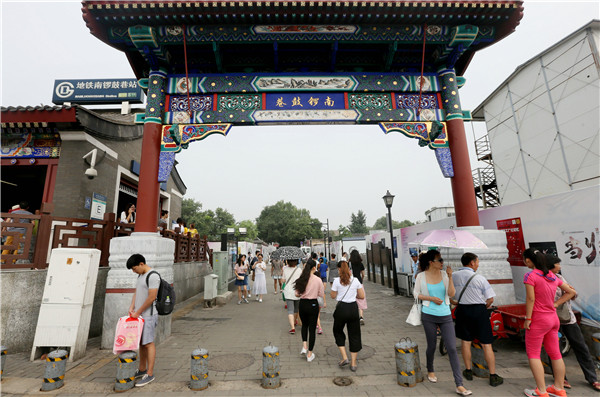
来源@视觉中国
Hutong is a Mongolian word meaning water well. At nine meters (about 30 feet) wide, it is the name given to a lane or small street that originated during the Yuan Dynasty (1271–1368). Now they have become representatives of local culture, thus it is the first choice for people who would like to learn about the local history and culture.
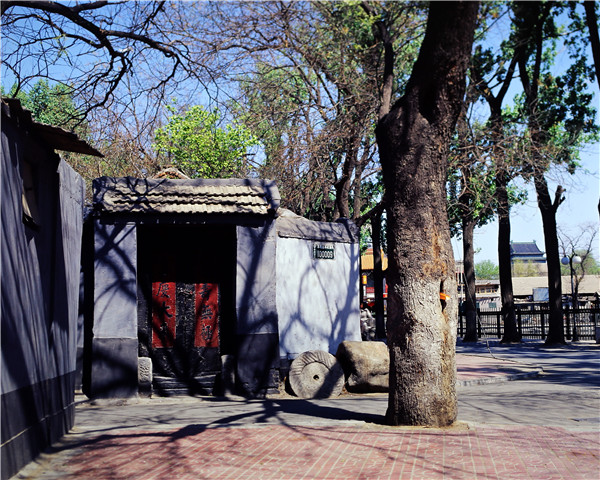
来源@视觉中国
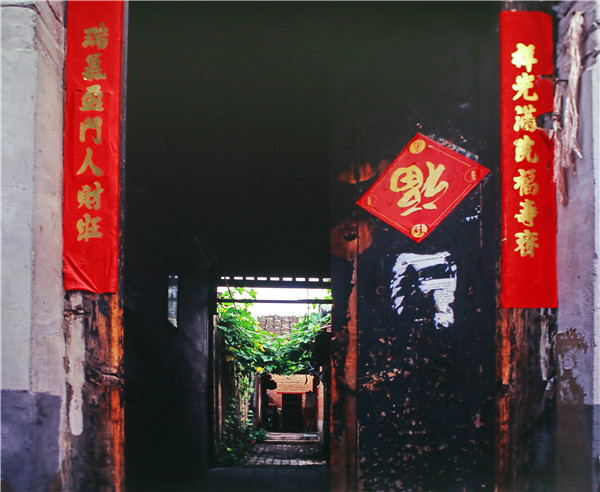
来源@视觉中国
In the Yuan Dynasty, Mongolians attached great importance to water, so almost every community in the city was designed around a well, which provided the daily water for the locals. Until now, one can still find dry wells in some old alleys.
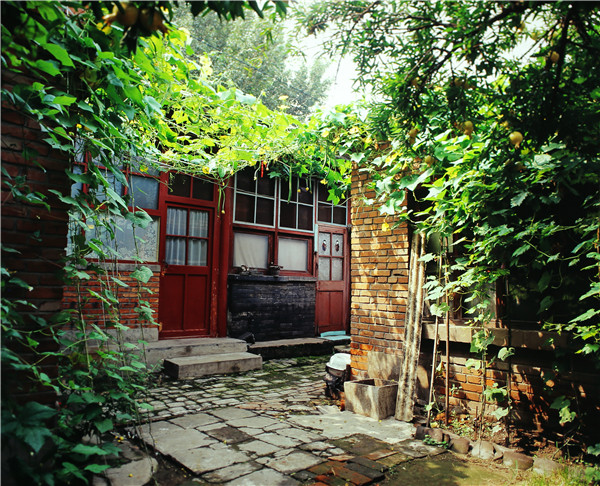
来源@视觉中国
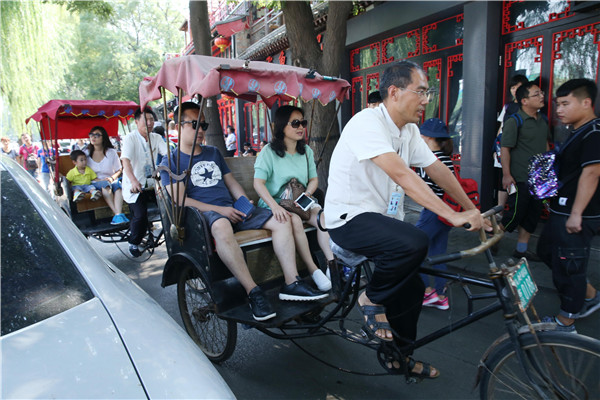
来源@视觉中国
In the past, Beijing was composed of hundreds of courtyards around the Forbidden City, and these lanes stretched out in all four directions, connecting the different kinds of courtyards in the city. Although originally formed in the Yuan Dynasty, the building of the these developed fast during the Ming and Qing Dynasties (1368 - 1911). In the Yuan Dynasty, there were about 29 Hutongs, while in the Ming Dynasty, this number increased to 1,070. In the Qing Dynasty, it grew to 2,076.
Source: travelchinaguide.com



